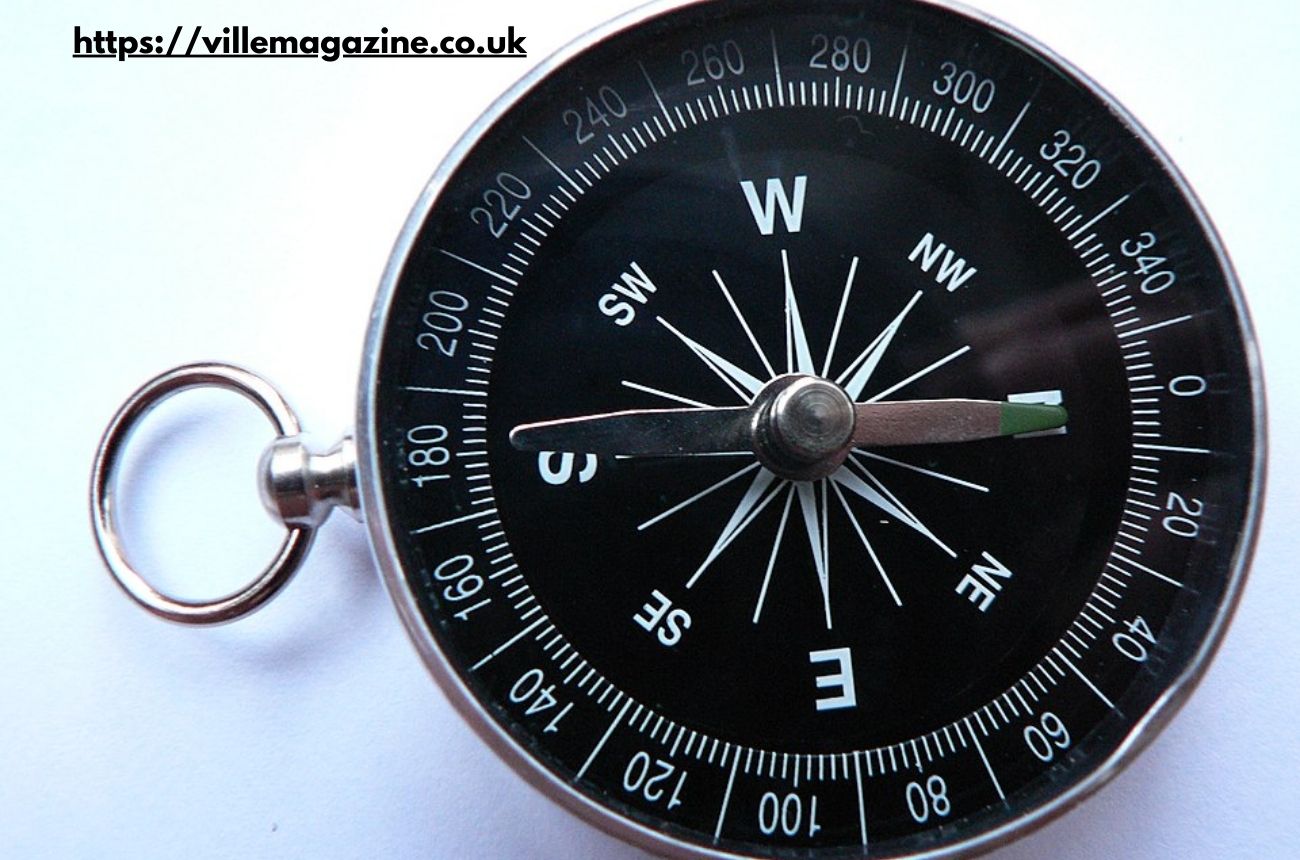Blog
Ten Essentials: Expert Tips for Hikers

Hiking is one of the most rewarding outdoor activities, offering a chance to reconnect with nature, challenge personal limits, and find peace away from the noise of everyday life. But nature, as beautiful as it is, can also be unpredictable. Weather changes in minutes, trails take unexpected turns, and small mistakes can quickly become dangerous. This is where the concept of the Ten Essentials comes in—a carefully designed list of gear and knowledge that every hiker should carry, regardless of trip length or destination.
Originally introduced in the 1930s by The Mountaineers, a Seattle-based outdoor club, the Ten Essentials have evolved over the decades to reflect modern needs and technology. What was once a straightforward gear checklist is now a philosophy of preparedness, ensuring hikers can deal with accidents, sudden weather, or extended stays in the wild. In this guide, we’ll explore each of the Ten Essentials in depth, share expert tips for making the most of them, and reveal some newly discovered insights from experienced hikers that can elevate your preparation.
Understanding the Ten Essentials
The Ten Essentials are not random items but categories that cover the fundamental needs of survival: navigation, shelter, warmth, hydration, nutrition, and safety. By packing and knowing how to use them, hikers reduce risks and increase confidence on any trail. While some may argue that shorter day hikes don’t require such thorough preparation, outdoor experts emphasize that even quick trips can turn into emergencies. Therefore, the Ten Essentials should always be considered mandatory for safe hiking.
Navigation: More Than Just a Map
Traditionally, navigation meant a paper topographic map and a magnetic compass. Today, hikers have GPS devices, smartphone apps, and even satellite messengers. However, experts caution against over-reliance on electronics. Batteries die, and signals fade, but maps and compasses remain reliable.
Expert Tip: Always carry a waterproof map of the area, learn basic compass skills, and keep your digital device charged with a portable power bank. A recent discovery among seasoned backpackers is the value of carrying a laminated “route card” with emergency waypoints—it’s lightweight and quick to reference in stressful situations.
Headlamp: Your Window After Sunset
Darkness falls faster in the wilderness than most expect. A reliable headlamp ensures mobility and safety after sunset. While flashlights are useful, a headlamp keeps hands free for climbing, cooking, or setting up camp.
Expert Tip: Choose a headlamp with a red-light mode to preserve night vision. Modern models with rechargeable batteries and solar charging panels are gaining popularity. Many hikers now recommend packing a small backup light or glow stick as an extra safety layer, something often overlooked in the traditional Ten Essentials.
Sun Protection: Guarding Against the Invisible
Sunburn, snow blindness, and dehydration are serious risks in the outdoors. Sunglasses, sunscreen, and lip balm with SPF are standard. Wide-brimmed hats and lightweight clothing can also provide extended protection.
Expert Tip: Dermatologists working with outdoor athletes have recently highlighted the importance of reapplying sunscreen every two hours, especially at higher altitudes where UV exposure intensifies. Carrying a small, refillable sunscreen stick rather than bulky bottles saves space and ensures you actually use it.
First Aid Supplies: Small Kit, Big Impact
Injuries like blisters, cuts, or sprains are common on trails. A compact first aid kit customized for your needs is critical. Many hikers simply buy pre-packed kits, but experts recommend tailoring them—adding personal medications, blister pads, and extra bandages.
Expert Tip: A new practice among long-distance hikers is carrying “liquid bandages” for quick treatment of cuts that would otherwise slow progress. Pairing first aid with knowledge—like a basic wilderness medicine course—makes this essential truly life-saving.
Knife and Repair Kit: Tools for Survival
A multi-tool or knife can open food packs, repair gear, cut bandages, or even be used in fire-starting. Alongside it, a small repair kit—duct tape, safety pins, and cord—can fix torn backpacks or broken trekking poles.
Expert Tip: Field-tested findings show that ten feet of lightweight duct tape wrapped around a trekking pole or water bottle offers incredible versatility without adding bulk. Some hikers also carry pre-threaded needles for emergency clothing or gear repairs, a small but powerful addition to the Ten Essentials.
Fire: The Ancient Lifeline
Being able to start a fire can mean the difference between life and death in cold or wet conditions. Waterproof matches, lighters, and fire starters should always be included.
Expert Tip: Experts now suggest carrying two fire-starting methods—like a lighter and a magnesium striker—for redundancy. New discoveries in ultralight gear include “storm-proof matches” that stay lit even in strong winds and rain. Pair these with cotton balls dipped in petroleum jelly as homemade fire starters for reliable ignition.
Shelter: Emergency Protection Anywhere
Even if you plan only a day hike, unexpected nights in the wilderness happen. Lightweight shelters such as emergency bivy sacks, space blankets, or tarps can provide crucial protection from hypothermia.
Expert Tip: Many ultralight hikers carry a reflective emergency bivy, which doubles as both a shelter and a heat reflector. Studies show that carrying even a 2-ounce space blanket significantly improves survival chances in emergencies.
Extra Food: Fuel for Survival
A few extra energy bars might not seem necessary on a short hike, but food is fuel for decision-making and endurance. Always pack beyond your planned needs.
Expert Tip: Nutritionists specializing in endurance sports recommend carrying calorie-dense foods like nut butter packs, jerky, or dried fruits. A recent practice is stashing a “bonus food bag” in your pack bottom, untouched unless needed, to ensure you always have emergency calories.
Extra Water and Hydration Methods
Dehydration is one of the quickest ways to compromise safety on the trail. Carry enough water, plus a means to purify more—filters, tablets, or UV purifiers.
Expert Tip: Recent research shows that hikers often underestimate their water needs by at least 30%. Experts now advise carrying both a squeeze filter and purification tablets as a backup. Collapsible water bottles are lightweight solutions that fit into tight packs.
Extra Clothing: Weather Can Change in Minutes
Weather patterns in the mountains can shift dramatically. Extra clothing layers, especially insulating and waterproof items, are essential. Cotton is discouraged because it retains moisture and increases hypothermia risk.
Expert Tip: Experienced hikers recommend the “three-layer system”—a moisture-wicking base, an insulating mid-layer, and a waterproof outer shell. Newly adopted practices include carrying ultralight down jackets that compress into tiny pouches but provide life-saving warmth.
Newly Discovered Practices in the Ten Essentials
While the traditional list remains solid, modern hikers have introduced small but powerful upgrades. For example, ultralight waterproof pouches keep gear dry while organizing packs. Satellite messengers, though not part of the original Ten Essentials, are increasingly seen as a modern “eleventh essential,” providing SOS capabilities and communication in remote areas.
Another emerging trend is eco-conscious packing—choosing biodegradable soap, reusable containers, and minimizing single-use plastics. This not only reduces environmental impact but also reflects the broader responsibility hikers have toward preserving nature.
Common Mistakes to Avoid
Even when hikers carry the Ten Essentials, mistakes can undermine their effectiveness. Some common errors include:
-
Packing items but not knowing how to use them (especially compasses or first aid kits).
-
Bringing too much gear, leading to heavy packs and fatigue.
-
Forgetting to check batteries or expiry dates on first aid supplies.
-
Assuming short hikes don’t require preparation.
Awareness of these pitfalls ensures that your Ten Essentials remain practical, not just symbolic.
Conclusion
The Ten Essentials are not just about safety; they are about freedom. By carrying them, hikers can venture into the wilderness with confidence, knowing they are prepared for surprises. Whether it’s a sudden storm, a twisted ankle, or an unexpected night outdoors, these items form the foundation of self-reliance.
Hiking isn’t about carrying fear—it’s about embracing adventure. The Ten Essentials allow us to do just that, turning potential crises into manageable challenges. With expert tips, modern updates, and a mindset of responsibility, every hiker can transform their outdoor experiences from risky ventures into rewarding journeys.
-

 Celebrity5 months ago
Celebrity5 months agoTrey Kulley Majors: The Untold Story of Lee Majors’ Son
-

 Celebrity5 months ago
Celebrity5 months agoChristina Erika Carandini Lee: A Life of Grace, Heritage, and Privacy
-

 Celebrity5 months ago
Celebrity5 months agoJamie White-Welling: Bio, Career, and Hollywood Connection Life with Tom Welling
-

 Celebrity4 months ago
Celebrity4 months agoNick Schmit? The Man Behind Jonathan Capehart Success
















